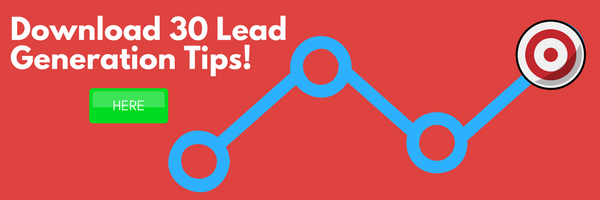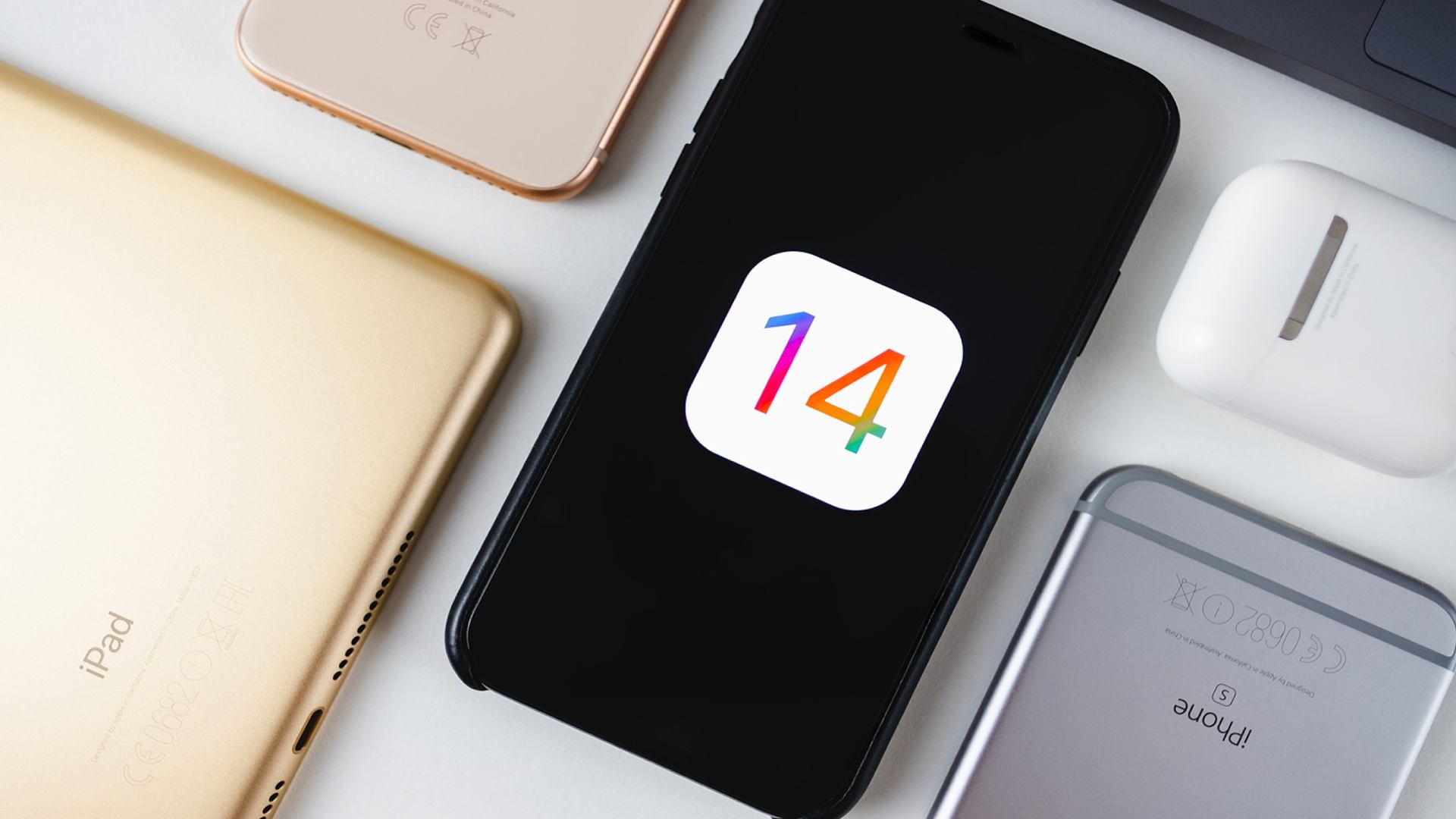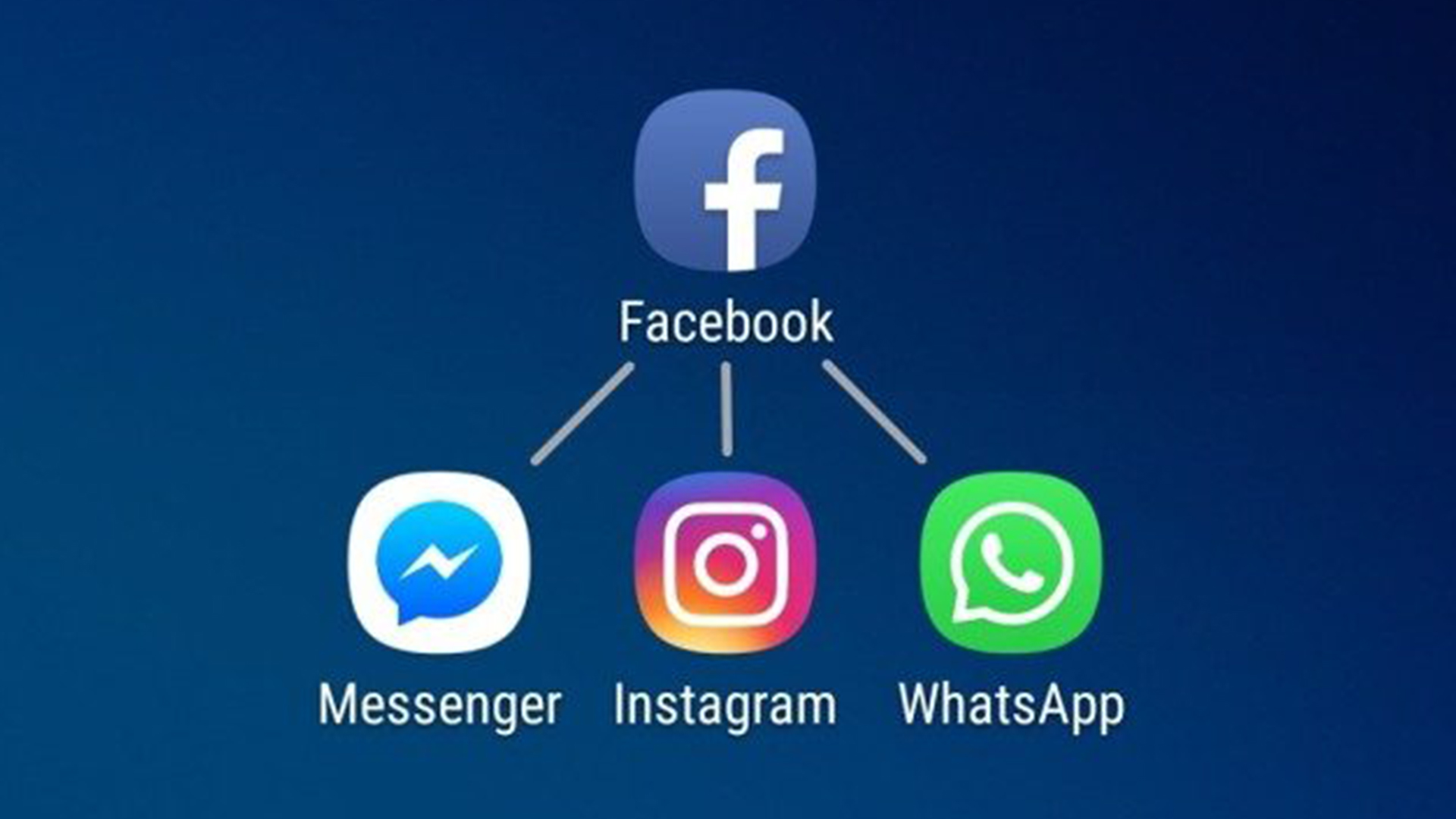Google is enforcing its Mobile First Index slowly but surely as we kick off the new year. In case you missed our Weekly Update blog post, Google has announced the new “Speed Update“. In a nutshell, page speed will soon be an important ranking factor for all mobile searches, with the update officially hitting mobile websites in July 2018.
The Fine Print
Before people start making calls to their website designers, it’s important to note that this new update is only impacting a certain number of pages.
The “Speed Update” will only affect pages that deliver the slowest experience to users and will only affect a small percentage of queries.
This means that this update is only focused on downgrading really slow websites, and will not be upgrading fast websites. Google just wants to make sure they provide the best user experience, which includes faster page speed.
In past research that Google has conducted, they reported that as page load time goes from 1 second to 10 seconds, the probability of a bounce increases 123%. People will abandon their carts or opt to search for what they need elsewhere if your website loads an extra two seconds. 1 to 3 seconds is optimal with a 32% bounce rate, and 1 to 5 seconds increases bounce rate almost threefold at 90%. You can read the full report here.
The good news is that intent will remain to be a strong signal as well as page speed. If your website contains the relevant answers for the searcher, it may still rank highly.
How To Prepare
Google has been urging webmasters and developers to speed up their mobile sites with mobile optimisation tools such as the Accelerated Mobile Pages Project.
In their recent announcement, Google is further encouraging developers to think about how a website’s performance directly affects user experience on the page. This can include things such as session duration and whether or not users choose to proceed to online checkout.
Here are Google’s suggestions of useful tools for evaluating page performance:
Best Practices
Listed below are some best practices to ensure your potential customers aren’t bouncing off your mobile web page:
- Loading speed should be under 3 seconds.
- The total size of your web page should be less than 500KB.
- Ensure the page includes easy-to-read, high-quality content.
- Compress images and text so they require less data to load.
This dedicated Google guide on making your website mobile-friendly will prove useful if you are only beginning to optimise for mobile. July may seem far away, but don’t risk losing out on SERP rankings, and optimise for mobile as soon as you can.
Convert your page visitors into leads by following our easy-to-follow lead generation tips!


















